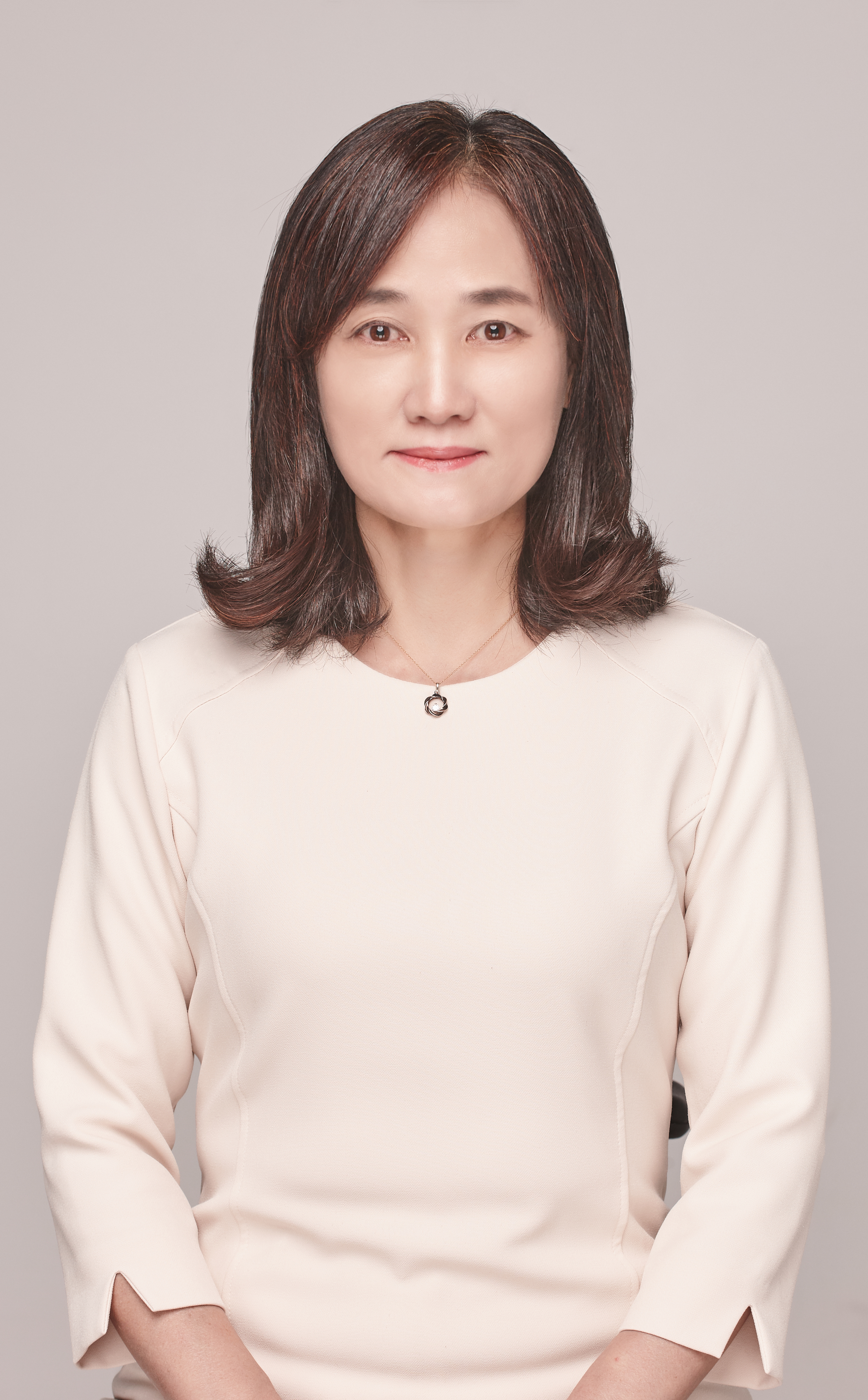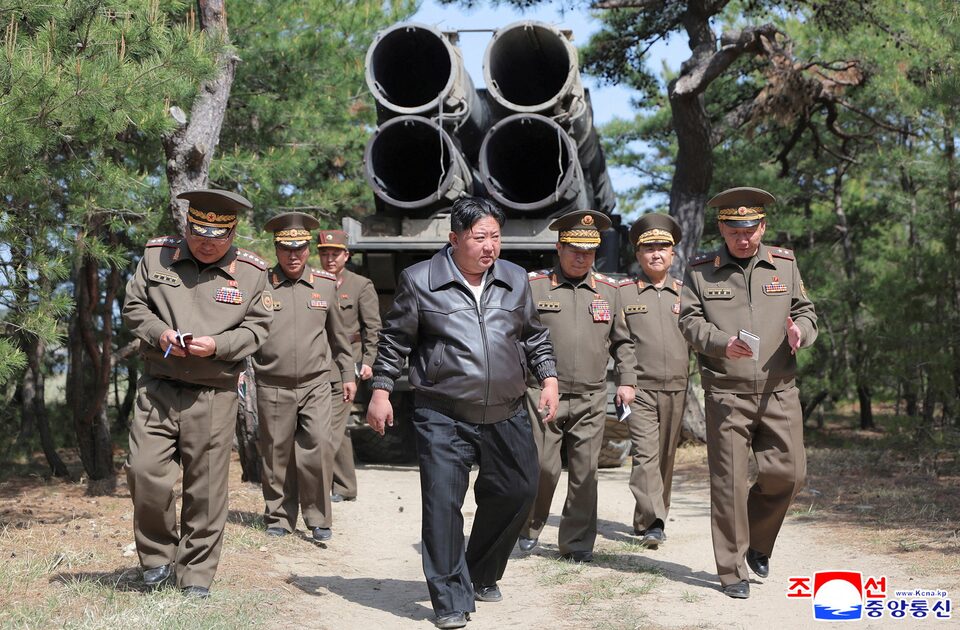Editor’s Note
Following its appearance in a sensational series of tourism promotion videos, Leenalchi Band caught the eyes of the global audience. Well-known for its song “Tiger is Coming,” the band’s music fuses pansori with pop sounds – a rare combination of genres. In this commentary, Su-hyun Kim, Research Professor at Dankook University Academy of Asian Studies, writes on the implication of North Korea’s criticism on the rise of the band and its use of fusion music. Skepticism over such experimental genres of music are formed on the idea that it is corrupting the genre is folk music, which is unique to the Korean people. Nonetheless, the author states that such attempts extend the territories of traditional music, break down its borders with western music, and actively experiment with the crossover of different genres. She hopes for the creation of a venue for North and South Korean musicians to meet regularly to discuss concerns over the integrity of folk music and new attempts in modernizing the genre.
Recently, LEENALCHI, a South Korean traditional fusion music band, has received a lot of attention; their YouTube video with over 300 million views is a testament to their popularity. Their song “Tiger is Coming” was influenced by "Sugungga (Sea Palace Songs)," a type of pansori that is a Korean traditional narrative form of singing, and has gained massive popularity home and abroad. The name of the band is homage to a famous pansori master Lee Nal-chi of the late Joseon period (1392–1910).
Lee Nal-chi (李捺致, 1820-1892) was one of eight Korean master singers who were students of Park Yu-jeon, the founder of pansori Seopyeonje (西便制, pansori school of western part of Korea). Jeong No-sik, a pansori researcher, wrote about him in detail in A History of Joseon Changgeuk (1940). While Park Man-soo, one of the greatest master singers of the time who carried on Dongpyeonje (pansori school of eastern part of Korea), was popular among the aristocrats and literati, Lee Nal-chi was beloved and praised by every class regardless of age and gender and by all groups such as writers and artists, and wood-boys and carpenters.
Lee Nal-chi’s Seopyeonje Style was first succeeded by Kim Chae-man, then Park Dong-sil, another master singer from Damyang. After going to North Korea during the Korean War, Park Dong-sil was at the forefront of North Korea’s folk music until his death in the late 1960s. As Park Dong-sil’s teacher, Lee Nal-chi was indeed highly regarded by the North Korean music circles as a master singer who holds significance in history of music. Especially, North Korean musicologist Han Si-hyeong emphasized his eminence in his article “The Story of Legacy: Singer Lee Nal-chi” written for the 4th issue of Joseon Music (1965) – he wrote that Lee Nal-chi was a widely popular musician and was so talented that when he sang Saetaryeong (bird song), a real bird flew in at the sound of his voice.
Despite such positive evaluations on Lee Nal-chi, North Korea has been skeptical of the rise of LEENALCHI Band. On October 28th, Arirang Meari harshly criticized the band stating that, “groups like LEENALCHI merely produce ear candy and pansori-like music to dance to. They are extensively making silly music which is a jumble of folk music like Arirang and Ongheya and other genres like jazz, rap music, and hip hop. With a few words of sori (traditional vocal music) mixed with foreign music, such music is advertised as K-jazz or Korean rap music.” The criticism focused on how the group was corrupting the genre of folk music, which is unique to the Korean people.
This website pointed out that Korean performances involving folk music such as pansori, nongak (Korean traditional agricultural music), folk dance, and instrumental music are now rare and often mixed with features of “decadent” western culture. It also criticized that music bands like LEENALCHI have turned away from intrinsic folk melodies and rhythms to play western music tunes and rhythms. The criticism goes on to point out that their dances are messy and that the band wears bizarre clothes which emulate an animal world.
It further claimed that the concept of traditional (national) culture is fading in Korea, as some Korean teenagers who failed to receive proper education in traditional culture think the guitar is a folk instrument or that jazz and rock music are genres of Korean traditional music.
South Korea’s Gugak (Korean traditional music) community also has provided similar criticism: the fusion of Gugak is damaging the original form. LEENALCHI’s signature song, “Tiger is coming,” is accompanied by odd costumes and funny dance moves with the lyrics "tiger is coming" repeatedly sung in the traditional pansori singing method to electronic instruments, which could be seen as damaging the integrity of folk music.
In fact, whether traditional music should be popularized and modernized has been an ongoing concern for music circles of both Koreas. Moreover, North Korea ostracized pansori, which belongs to the rich and heavy namdo sori (folk songs of the Namdo region), as it lacked popularity in the 1960s. Pansori, in fact, was not neglected from the very beginning. During and after the Korean War, North Korea developed changgeuk (Korean traditional opera), which is performed by multiple musicians unlike in traditional performances, which were sung by one soriggun (singer) accompanied by one gosu (drummer). Traditional elements used in changgeuk including music structure, sori sigimsae (vocal shading), and singing style were all derived from namdo sori. The exiled musicians from the Namdo region such as Ahn Gi-ok, Park Dong-sil, Jeong Nam-hee, and Jo Sang-seon were at the center of this movement.
However, the North Korean music community gradually transformed changgeuk; they created changgeuk based on a feature of North Korean music (seodo-sori), which was originally based on namdo-sori. Changgeuk also took on elements from Western music more extensively. They changed the terminology from changgeuk to minjok gageuk (meaning ‘national operetta’) as well. Ironically, such attempts were criticized by South Korea back then for damaging traditions of folk music.
Meanwhile, South Korea relatively adhered more to the original form of traditional music, including namdo sori. For this reason, some saw South Korean traditional music as old fashioned. Undeniably, there were attempts in South Korea to popularize and modernize its traditional music. The birth of samulnori (Korean percussion quartet) is a result of those attempts. Nevertheless, Gugak has been thought of as music that is always boring which only experts enjoy.
Lately, traditional music circles of South Korea have been undertaking new experiments with young musicians at the core to make the genre more approachable to the public. It is not only an attempt to extend the territories of traditional music, but also to break down the border with western music and actively experiment with the crossover of different genres. Although criticized by the North Korean website as a foolish band, the band members of LEENALCHI are actually qualified master singers and professional pop musicians. Besides the band, Poong-ryu-dae-jang, a Korean TV series featuring Gugak competition, showcases various Gugak musicians adapting their long polished musical talent with modern taste to appeal to the broader public.
This trend did not appear out of the blue. However, such music has been created in a more unconventional and bold manner than before and is spreading worldwide through the global network at an unprecedented speed. For this reason, Gugak musicians had to try harder to find their own colors which rather fueled a healthy phenomenon of musicians discovering unique and rich traditions. Following the trend, little-known genres like jeongga (Korean traditional lyric songs) and seodo sori have been modernized and become popular.
Public interest is first garnered through music that is fitting to the modern styles and has unique visuals; interest is then constantly built up with the public attracted to distinctive sounds that are different from conventional music. The public then seek the original version and are drawn in deeper through genetic sensitivity. Moreover, synergy is created through the recognition of K-Pop as Korean music – due to the popularity of K-Pop such as the rise of musicians like BTS, foreigners are now keen to look into Korean culture and traditional culture.
The master singer Lee Nal-chi and the LEENALCHI Band share a same common value in that they preserve the original form of traditions, while building a public consensus based on a solid foundation of artistic talent. The criticism and interest that North Korea is showing to South Korean traditional music circles, on the other hand, show that North Korea is also concerned with ways to popularize and modernize traditions. Hopefully, a venue for North and South Korean musicians to meet regularly to discuss the same concerns and experiment new things will be founded. ■
■ Kim Su-hyun is a research professor at Dankook University Academy of Asian Studies. She received her Ph.D from the Academy of Korean Studies, and served as an adjunct professor and academic research professor at Chung-Ang University. Currently, she lectures on “studies on modern history of music,” “studies on North Korean music,” “studies on Akhak Gwebeom” and more to doctoral students at Chung-Ang University. She is a co-editor of the ten volumes of Sourcebook of Articles on Modern Korean Music (2008), and a co-author of The History of the Empire's Oppression and Resistance through Photos and Postcards (2011) and Kyeonggi Music 2 (2013). She also wrote a book entitled Studies on Music rules of Joseon and Modern Music Theory (2021). Her theses include “A Study on the Terminologies of Traditional Music Genres in Modern Period (2012),” “The Background and Aspect of Korean Traditional Music Study in South and North Korea After the Korean War (2016),” “The Trend of Research on the Ethnic Music Heritage of North Korea in the 1950s and 1960s through Joseon Music (2020)” and more.
■ Typeset by Seung Yeon Lee | Research Associate
For inquiries: 02 2277 1683 (ext. 205) | slee@eai.or.kr




